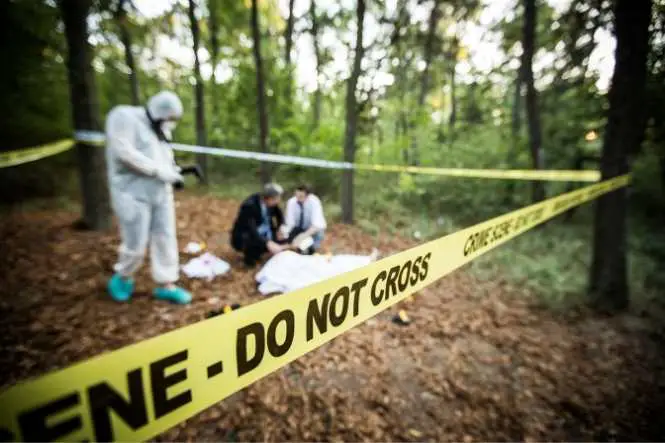Although body temperature can vary between us as human beings, the average body temperature is around 37oC (or 98 Fahrenheit).
Measuring Temperature
Some people have varying temperatures as a result of variances in their metabolism: the higher the rate of metabolism the higher the temperature and likewise the lower the rate of metabolism the lower the body temperature.
The temperature will vary in certain areas of the human body as well. For example the temperature in the mouth will be 37oC (or 98 oC Fahrenheit) but underneath the armpit the temperature reading will be around 36.4 °C (97.6 °C Fahrenheit). Temperatures can also be taken using the tympanic method (from the ear).
By far the most accurate reading of a body temperature is the one that can be taken rectally. Although is not the most pleasant of ways in which to read someone’s temperature it is the most accurate in relation to the body’s core temperature and for this reason it is normally the most used method of determining the temperature of the decease when they are examined at the scene of a crime.
At The Crime Scene
At the scene of a crime the pathologist, who will be charged with initially examining the body in its discovered post mortem condition, will take the body’s temperature in any way appropriate. This can be under the arm, in the ear or rectally because – as we have already mentioned – this is the most accurate reading.
Finding out the temperature of the body while it is still in situ is an important piece of information; one that can be used to give the officers at the scene a rough idea as to how long the deceased has been dead.
The usual equation is:
- 37oC – 1.5 oC
This formula equates to the body temperature (37oC), which loses 1.5oC (34.7 Fahrenheit) per hour until the temperature of the body is that of the environment around it; known as the ambient temperature. This ambient temperature – depending on how low it is – may take minutes or hours to be reached and this is a good indicator as to how long a body has been in situ. Additionally it is worth noting that a body’s temperature will drop much more slowly if the body has been exposed to extreme cold; such as being left outdoors, submerged in water or icy conditions.
The pathologist will take into consideration the environment around the body and will also take into consideration clothing that the deceased is wearing and body weight.
What Affects Readings?
Both body fat and clothing are good insulators and as a result can alter the temperature of the deceased by keeping heat in that would normally be lost as the blood supply stops flowing and the muscles begin to relax before going into a state of Rigor.
It should also be noted that children and the elderly lose body heat faster than adults between the ages of eighteen to sixty five and also that the deceased – should they have been in ill health prior to death – will lose heat more rapidly.
The pathologist will take all of these factors into consideration when taking a temperature reading and having accurately done so should be able to estimate time of death to within a matter of hours. Find out more about the work of the pathologist in forensics.


